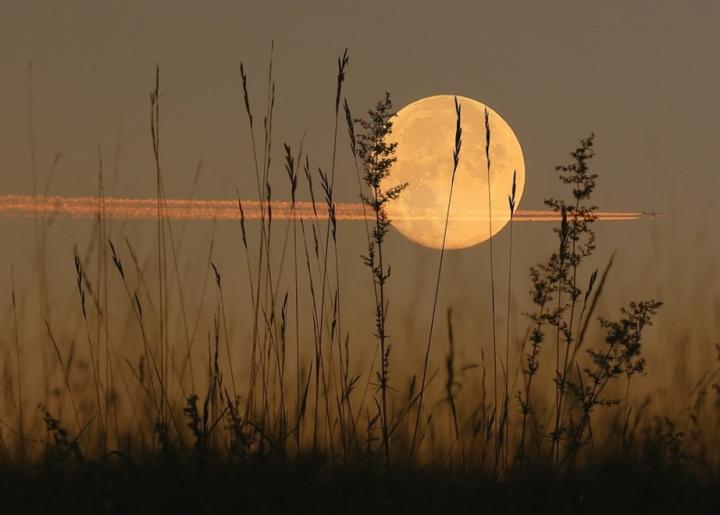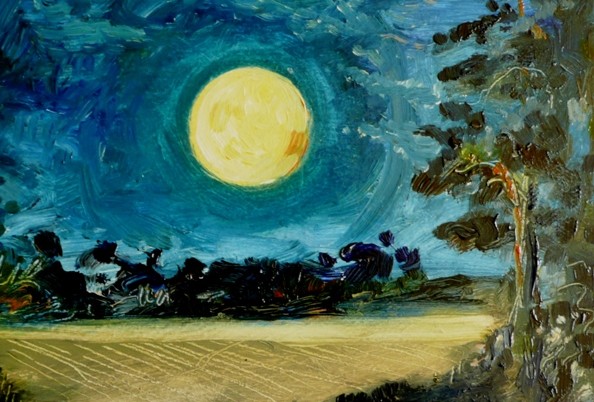
Feast Your Eyes on the Corn Moon!
ADVERTISEMENT
I love that you also told us what the native tribes called the moon I love hearing about our native American culture
Yes! I love seeing the full Harvest moon! It is the end of the planting and growing season and the beginning of the cold weather! Our garden is over, and we take out the old corn stalks and get the soil prepared for next spring. The wood chips keep moisture in the ground and turns into compost,
In addition to the Harvest Moon, at this time of year I am also interested in Michaelmas Day (9/29) since I first saw it mentioned in an Agatha Christie
novel just a few years ago. She talked about “Michaelmas Daisies” in her book. I had never heard of this so of course I looked it up in the Old Farmer’s Almanac and got my answer!
It is September 29, '23 and the full moon is tonight. I have been, for several years now, planting and transplanting by the moon phases and I have much greater success with it now. My gramps taught me to how read and comprehend the Frmers Almonac when in my early 20s. I wheind my children, lost weight and cut our hair with its info among so so many other tasks and behaviors. I'm so very glad we have this tool and that I learned from Gramps how to read and use it. He was a farmer, my dad a rancher who also used it for certain things to do with animals.
I was born on a full moon on 3/26 at 3:19 pm during the worst blizzard in 25 years. Many years later my daughter was born on 8/7 on a full moon at 9:13 pm during an absolutely wild, intense New England thunderstorm. Both of our births were a stones throw from the ocean. Love love love the full moon and the ocean
I love reading about the moon. It is so beautiful. I also love the stars, plants and reading the almanac finding out all the reasons of things. Reading to see what the weather will be like. The almanac has been in our families for years. Thank you
This moon always has the most energy to me. I love reading the almanac!
I am grateful for the image of the full moon with the airplane pollution cutting straight across the sky. I wonder if this will raise awareness in peoples’ consciousness. Where I live in north central Washington our skies have been literally inundated with airplane pollution, such that our skies our nearly white above the lower clouds, rather than a deep blue which would be normal for fall. the native foliage has suffered with the outer edges of leaves becoming bleached and desiccated, before we have had a frost. I marvel that more people do not notice this change.
Here's my take on it: I see it as an ugly blemish on the photo because I believe those to be chem-trails, not pollution. That's why we're seeing unfamiliar things happening in Nature . . . . What ARE they "raining" down upon us???
I noticed that in the picture too! Hopefully people are waking up…












